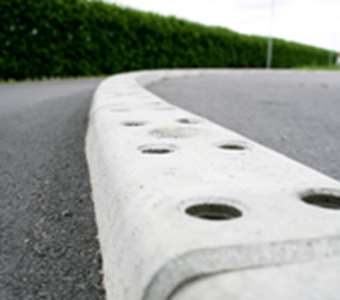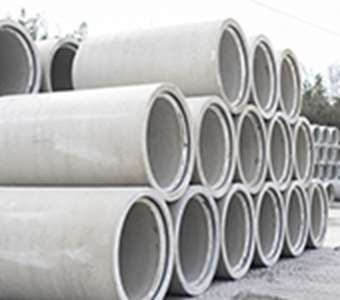Svensk Markbetong is now releasing a new manual showing how to design stone paving that, thanks to its permeability, has a drainage function. Using these designs can help us manage the increased precipitation that is now resulting from climate change. Such management reduces the risks of stormwater flooding and contamination.
Twenty-five percent more precipitation
Flooding is becoming ever more common and is set to become even worse. Supported by climate researchers and meteorologists, the Swedish Environmental Protection Agency is warning that precipitation may increase by as much as 25 percent. Additionally, cloudbursts that are more intensive are going to result in greater flooding in Sweden.
At the same time, we are continuing to increase urban population densities ever more quickly while maintenance and new building of stormwater systems remains low speed. Consequently, our communities are increasingly less well equipped to deal with floods.
“Can’t go on”
“This can’t go on,” states Erik Simonsen, senior development manager at Cementa Development and co-author of the manual.
According to the Swedish Water & Wastewater Association, climate adapting and maintaining existing mains would cost an extra SEK three to six billion over the next 20 years. Thus, climate change is forcing us to think differently.
“Today, we’re building drains, mains and ditches that take stormwater into lakes and watercourses. The problem is not just that settlements and infrastructure are being damaged by flooding. Increased flooding is also resulting in water not being cleaned as it should. Instead, the water is carrying harmful substances into our watercourses. Examples include the oils, heavy metals, fertilisers and organic contaminants used in our communities,” discloses Erik.
Permeable paving
Countries outside Sweden are using new materials and designs that enable hard, urban surfaces to manage increased water flows.
“The concept is based on using the entire road and street structure as a flood detention reservoir. Instead of using drains only, the design also includes paving stones that allow water to run through them and into the underlying structure. Here, the water is cleaned before travelling onwards. The stormwater thus contributes to ground water stocks and reduces contaminants in our watercourses,” explains Erik.
Research shows this works
Objections to the design centre on it not being able to withstand traffic and on it being difficult to maintain. However, Erik feels this is unfounded.
“The design is intended to complement traditional constructions. Both in Sweden and abroad, it is backed by extensive research and findings. In addition to how such surfaces are to be dimensioned and designed to provide the right load-bearing capacity, the new manual also reviews operation and maintenance procedures. Everything is based on research and evidence. Furthermore, the possibility of implementing this type of solution is featured in this year’s edition of ‘AMA Civil Engineering 20’, the construction industry’s own guiding light as regards what constitutes professional design.”
In brief: Svensk Markbetong is a technical collaboration between Benders, Cementa AB, Starka Betongindustri and S:t Eriks. “Detaining stormwater with permeable paving stones” is a manual written by Erik Simonsen and Anders Junghage supported by the project’s steering group, Jan Lang, Kjell Rydberg and Jörgen Sandgren.
If you have any questions, please contact Erik Simonsen on +46 (0)70 825 68 15.

























